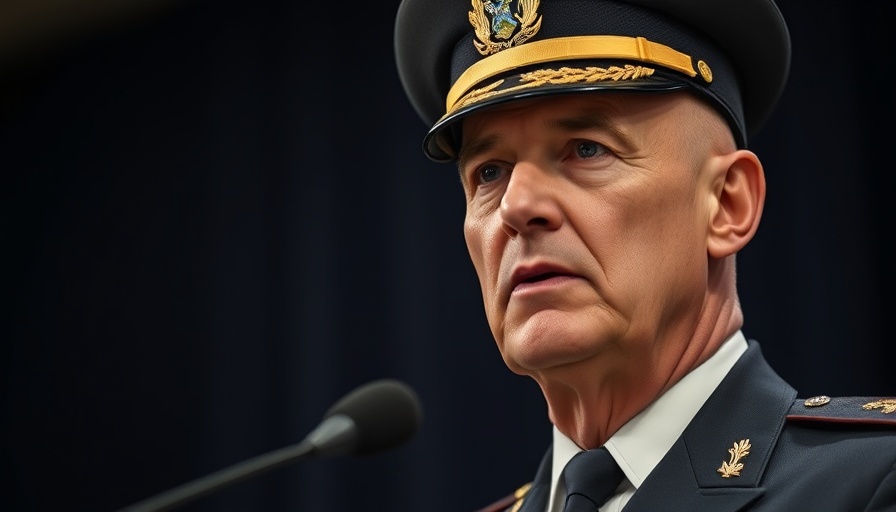
Ex-NSA Chief Paul Nakasone Delivers Critical Insights at Defcon
In a striking discussion at the Defcon security conference, former NSA chief Paul Nakasone emphasized the pressing need for the tech community to adapt to a rapidly evolving landscape of cybersecurity and technological advancements. Nakasone's insights came during a moment fraught with political tension, marked by significant changes in U.S. policy towards cybersecurity and intelligence under the Trump administration.
The Political Landscape and Its Impact on Cybersecurity
At the heart of Nakasone's warning is the impact of political shifts on U.S. cybersecurity priorities. The Trump administration's approach has involved purges of officials, leading to uncertainty within critical intelligence agencies. The dismissal of former CISA director Chris Krebs and the revocation of security clearances for officials viewed as disloyal signal a troubling trend in which policy decisions overshadow the crucial stability that cybersecurity requires.
Amid these changes, Nakasone noted that cybersecurity has become deeply intertwined with political issues, making it increasingly difficult for those in tech to navigate ethical and technical challenges. As technology evolves and becomes a political battleground, individuals in the sector must remain vigilant about the implications of their work.
The Importance of a Unified Front Against Cyber Threats
During his on-stage discussion with Defcon founder Jeff Moss, Nakasone stressed the urgent need for collaboration within the tech community to counter threats from adversaries such as China, Iran, North Korea, and Russia. With the rise of ransomware attacks, he urged for a more innovative approach towards tackling this “great scourge” that plagues the nation. The discussion underlined that the federal government and technology firms must unite to form a layered defense against cybercrime.
Demographics: Bridging the Gap Between Government and Tech
Nakasone's commentary also highlighted a considerable demographic rift between the tech sector and the federal government, noting that he often felt markedly older than the innovators in Silicon Valley. This generational gap can impede understanding and rapid adaptation to emerging technologies. By fostering connections between younger tech experts and veteran government officials, the gap can be bridged, ultimately enhancing collaboration in facing evolving cybersecurity challenges.
Future Predictions: What Lies Ahead for Cybersecurity
Looking ahead, the former NSA chief hinted at major changes for the tech community. As AI continues to play a pivotal role in cybersecurity, Nakasone's awareness of its dual-use nature—that it can both enhance security and create new avenues for cybercrime—illustrates the complex landscape that tech leaders face today. Planning for future threats like AI-driven attacks requires forethought and innovation from all sectors.
The Vital Role of Partnerships in Cyber Defense
Nakasone argued that partnerships will be integral to countering cyber threats effectively. Whether it is through collaboration between the government and private sectors or among allies worldwide, collective efforts can lead to a more resilient cybersecurity infrastructure. By leveraging shared intelligence and diverse expertise, stakeholders can develop agile responses to a rapidly changing adversarial landscape.
The Call for Action: Adapting to a New Cybersecurity Paradigm
As the tech world navigates a time of unprecedented challenges, Nakasone's warning resonates strongly. The increasing integration of politics and technology necessitates a proactive stance from tech leaders. The path forward requires that every player adopts a mindset oriented towards collaboration, innovation, and ethical responsibility in cybersecurity. It's a clarion call to the industry: now is the time to escalate efforts against cyber risks and to ensure that technology serves as a tool for good rather than a medium for exploitation.
 Add Row
Add Row  Add
Add 




Write A Comment